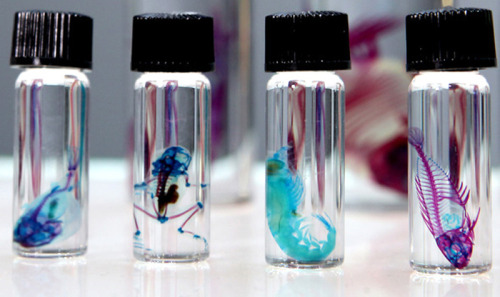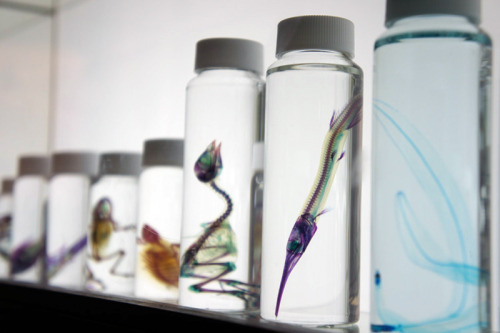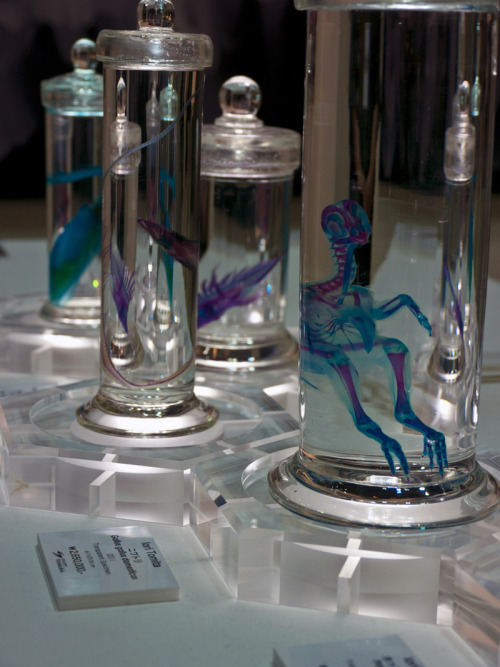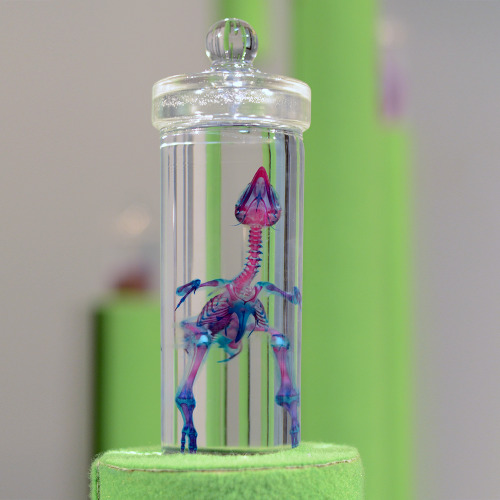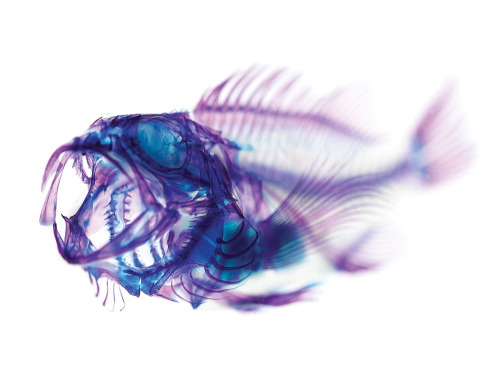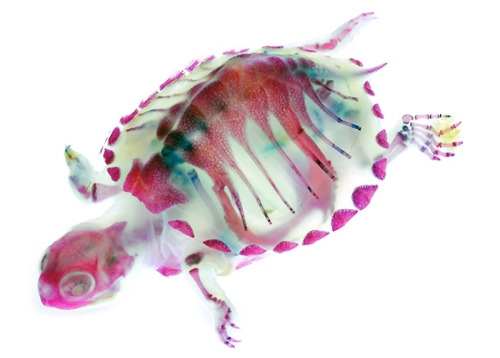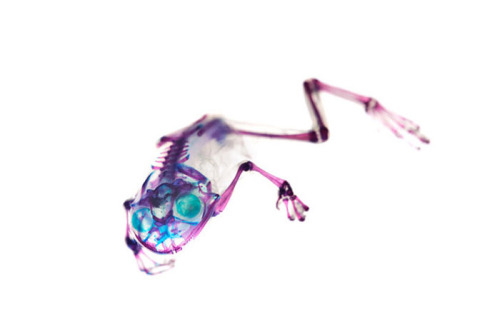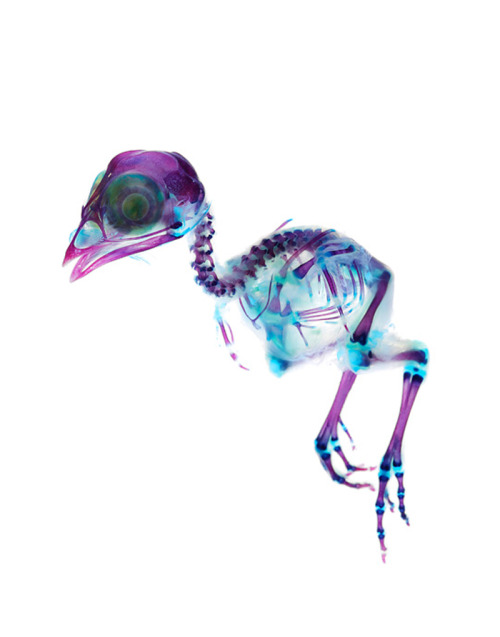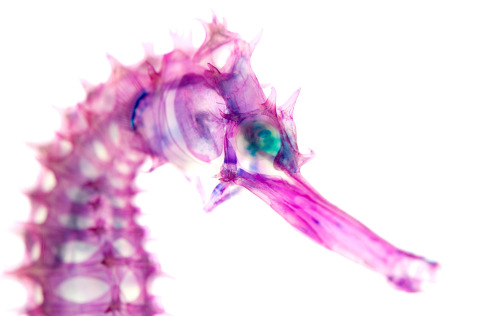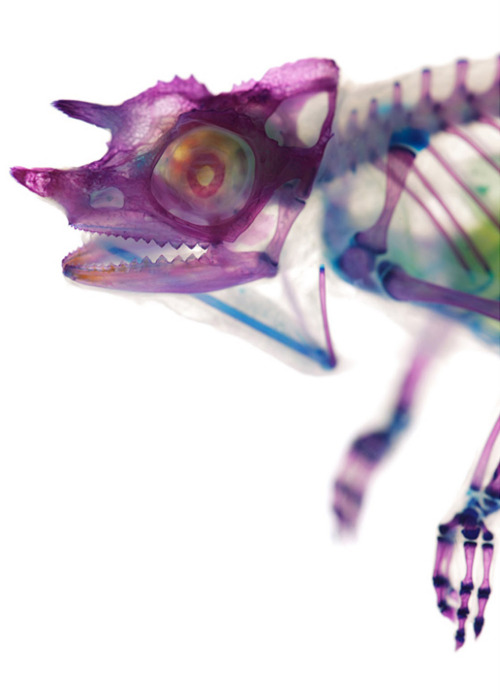Saturn Aurora, Taken By Nasa Hubble.
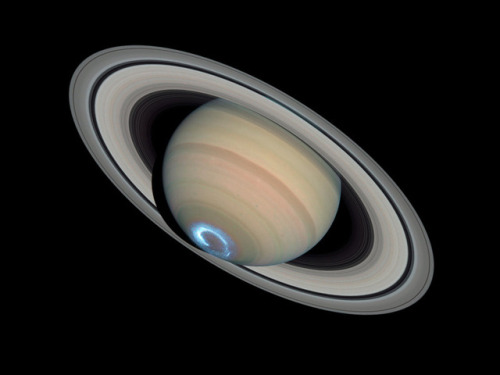
Saturn aurora, taken by Nasa Hubble.
js
More Posts from Saients and Others

hey guys!! it has been a while :’))
however, i have finished my first semester of chemistry (pre-ib) and i felt as if that i did pretty well in this subject even though i had minimal background knowledge on it. i initially struggled with the concepts we did, but after studying hard and trying my best i have gotten used to it and have been improving so here are my tips and tricks for chemistry!
please understand that i have not been through all the topics in chemistry, i have only learnt about atomic structure, periodicity and bonding so my links and tips may only help you for those topics but they should help with the other topics also. (this is most likely a general chemistry masterpost btw)
important study tips:
ask questions in class!!!!!! this is incredibly important, as also for every subject but if you don’t understand the concept you will struggle like how i did in the beginning :( if you are too shy to ask your question in front of the class, go up to the teacher when you have some time or even email them. even just ask your friends or classmates who may have a better understanding of the concept, it definitely helps having different explanations on the same topic, having different perspectives and all
find good resources, go through past tests, past exams and worksheets so that you can have good practice of what may come in your tests and exams. my teacher was very organised and had plenty of resources for me to use to revise and learn in my spare time out of class. it also gave me the experience of the ib tests and exams so i knew what was to come
as said in my maths masterpost, try teaching others when they need help (if you understand the topic and they don’t) because this really seems to help me when studying for tests, i helped my friend with her questions about atomic structure and found myself learning and revising at the same time because of this
repetition!!! you may not get it right the first time, or even the second, but after lots of tries and times you will get there!! trust me :’))
if you don’t have resources, go search for some. there are plenty of studyblrs who do chem as a subject and im sure they are more than happy to help you (me too but i haven’t through many of the topics lol) once you have been through all the past papers you own, go google for some, especially ib kids, theres some out there for you!
have a periodic table with you at all times when studying chem! its a bit obvious but you would most likely need it
apps + websites:
periodic table apps (there is loads on the app stores but here are some i found)
periodic table [ android | ios ] very indepth and informative (glad i just found this one, im downloading it rn)
periodic table (this one is different) [ android | ios ]
there is plenty, so find the app which suits you and your learning needs
molview (this website allows you to draw molecules!!)
ibchem.com for my fellow ib chem students, this website has notes and other resources to help you with your studies
2016 ib data booklet (there is probably going to be a 2017 one soon but anyways this will be useful
khan academy chemistry (honestly this website is a blessing to all students, so helpful !!!!)
sparknotes chem
other chemistry masterposts:
chemistry by @areistotle
ap chemistry by @etudiance
chemistry resource masterpost originally by @physicnerd
general chemistry masterpost by @ellielearnsthings
my other masterposts:
chinese masterpost
app masterpost
bullet journaling
maths masterpost
advice for new studyblrs
physics masterpost
i hope that these resources and tips will help you in your chemistry studies c:
studygram: acadehmic
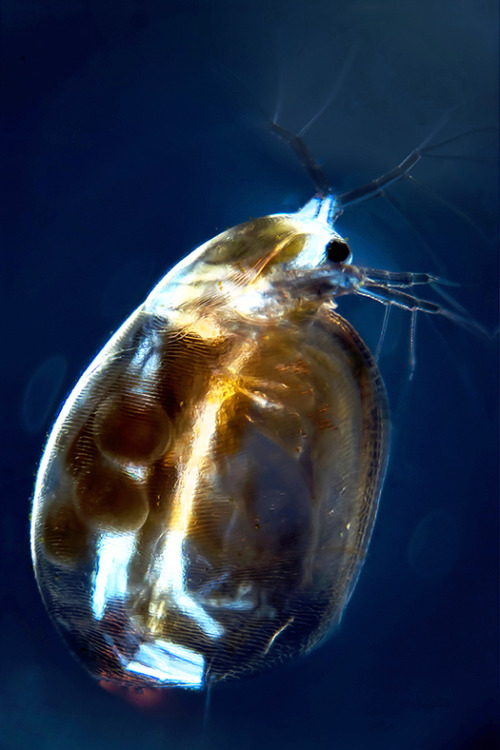
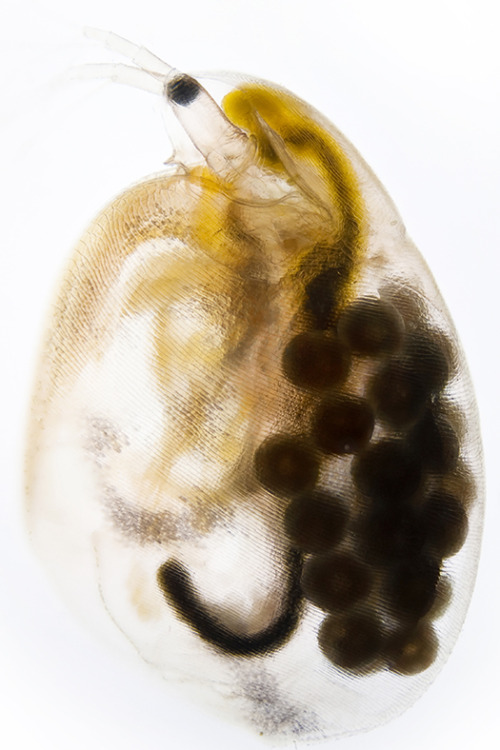
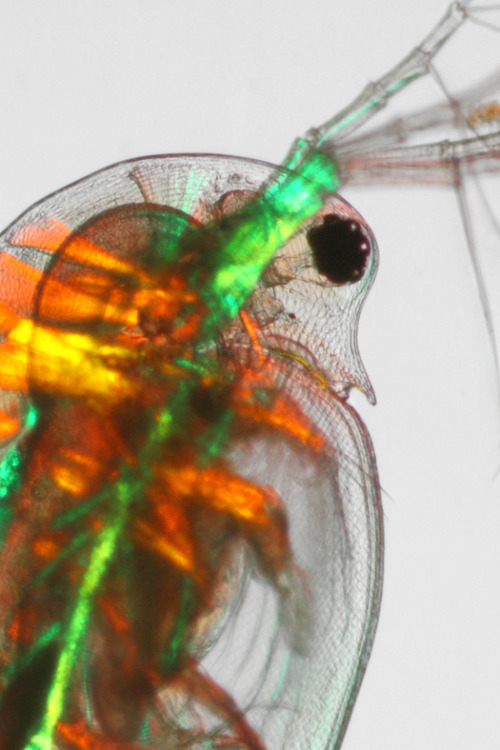
A salty situation.
Zooplankton may be the smallest species in the freshwater food chain, but they play a big role in preserving our lakes, streams and wetlands. That’s one of the reasons why IBM joined forces with the Rensselaer Polytechnic Institute and The FUND for Lake George to create the Jefferson Project at Lake George to understand and protect freshwater ecosystems. Recently they studied the effects road salt has on a species of zooplankton. Road salt usage has increased 50-fold since 1940, and bodies of freshwater are increasing in salinity because of it. Using IBM technology, the researchers monitored zooplankton in varying levels of salinity and found that the organisms were capable of evolving a higher tolerance to the salt. This is good news for the ecosystem since the loss of plankton could have cascading effects throughout the food chain. See, small can be mighty too.
Explore the study’s results →

NASA astronaut Peggy Whitson becomes first woman to command ISS twice
NASA astronaut Peggy Whitson achieved a new milestone at the International Space Station on Sunday, when she became the first woman to command the ISS twice.
Whitson is replacing astronaut Robert Shane Kimbrough, who will depart the space station Monday.
“Up here we don’t wear shoes, but Shane is leaving me some pretty big socks to fill,” Whitson said during a live broadcast as she assumed her new position. Read more. (4/9/2017 3:40 PM)





Vera Rubin, the woman who discovered the first evidence of dark matter, has died at 88
Vera Rubin, the astrophysicist responsible for confirming the first existence of dark matter, died on Sunday night at the age of 88.
Carnegie Institution president Matthew Scott called Rubin “a national treasure as an accomplished astronomer and a wonderful role model for young scientist.”
Rubin and her colleagues observed galaxies in the 1970s, they learned the motion of stars is a result of a “material that does not emit light and extends beyond the optical galaxy” — also known as dark matter.
Swiss astrophysicist Fritz Zwicky proposed the idea of dark matter in 1933, but Rubin’s groundbreaking work subsequently led to the confirmation of the material.
This finding is what led to the discovery that 90% of the universe is made up of dark matter, a finding some colleagues felt was overlooked and deserving of a Nobel Prize. Read more
follow @the-future-now
A-Z GEMSTONES

BLUE TOURMALINE
Blue Tourmaline strengthens communication skills and psychic awareness. Assists in relating to others lovingly. Helps to live in harmony with your environment. Guides us into service. Tourmaline clears negative emotions and thoughts and opens us to joy and honesty. Aids in the receptivity of inspiration, to flow into the mind. Radiates light protection for wearer.
Blue Tourmaline (Indicolite) Gemstone Meaning:
Blue Tourmaline, also called indicolite or indigolite, is a very rare and special kind of tourmaline. The word Indicolite is derived from the Latin word, meaning ‘indicum plant’. The soothing blue color promotes a calming effect, and offers relief from stress. Blue Tourmaline brings joy and happiness. It promotes harmony, tolerance and kindness.
Some Uses Are: to develop psychic gifts to open doors and communication with the spiritual realm to facilitate deep meditation to better explore and understand past lives
Combine Blue Tourmaline with these stones: Blue Kyanite, Lapis Lazuli, Aqua Aura, Sodalite
Chakras: Third Eye, Throat Astrological sign: Leo Element: Water Element, Wind Element

BROWN TOURMALINE (DRAVITE)
Dravites or Dravide are excellent for grounding, clearing and opening the connection between the Earth and your body. It protects and shields from negativity that may be directed towards or surrounding you. This Tourmaline brings peace when in a large group and helps with healing in dysfunctional family dynamics. Brown Tourmaline clears your auric field, opening the path for the aligning your energies to its optimum. Plants love Dravite and seem to flourish in its presence.
Dravite (Champagne Tourmaline) Meaning:
Dravite is a brown variety of Tourmaline. It is an ideal stone for self-healing, aids in finding emotional strength and self-acceptance. Dravite inspires courage and persistence. It calms and soothes, grounding and stabilizing the inner self. Use Dravite with these compatible stones to clear and ground the root chakra and provide psychic protection: Black Tourmaline Jet Black Obsidian Smokey Quartz
Chakras: Heart Chakra, Root Chakra Astrological sign: Aries Color: Deep golden brown Element: Earth, Storm Energies: Power, Love

The tail of a 99-million-year-old dinosaur, including bones, soft tissue, and even feathers, has been found preserved in amber, according to a report published today in the journal Current Biology.

A micro-CT scan of the delicate feathers that cover the dinosaur tail. Image: Lida Xing.
While individual dinosaur-era feathers have been found in amber, and evidence for feathered dinosaurs is captured in fossil impressions, this is the first time that scientists are able to clearly associate well-preserved feathers with a dinosaur, and in turn gain a better understanding of the evolution and structure of dinosaur feathers.
We clearly need a new Jurassic Park movie featuring cute feathery dinosaurs.

A reconstruction of a small coelurosaur Credit: Chung-tat Cheung

I’m serious

Vera Rubin, the groundbreaking astrophysicist who discovered evidence of dark matter, died Sunday night at the age of 88, the Carnegie Institution confirms.
Rubin did much of her revelatory work at Carnegie. The organization’s president calls her a “national treasure.”
In the 1960s and 1970s, Rubin was working with astronomer Kent Ford, studying the behavior of spiral galaxies, when they discovered something entirely unexpected — the stars at the outside of the galaxy were moving as fast as the ones in the middle, which didn’t fit with Newtonian gravitational theory.
The explanation: Dark matter.
Adam Frank, an astrophysicist who writes for NPR’s 13.7 blog, described dark matter by comparing it to a ghost in a horror movie. You can’t see it, he writes — “but you know it’s with you because it messes with the things you can see.”
Adam continued:
“It was Vera Rubin’s famous work in the 1970s that showed pretty much all spiral galaxies were spinning way too fast to be accounted for by the gravitational pull of the their ‘luminous’ matter (the stuff we see in a telescope). Rubin and others reasoned there had to be a giant sphere of invisible stuff surrounding the stars in these galaxies, tugging on them and speeding up their orbits around the galaxy’s center.”
Vera Rubin, Who Confirmed Existence Of Dark Matter, Dies At 88
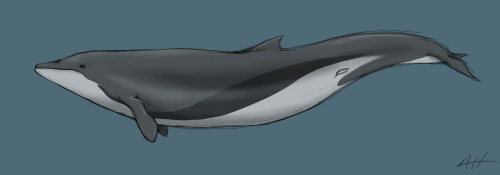
As a paleo-artist, one of my biggest pet peeves are prehistoric whales reconstructed not as whales but as sinewy, snarling, shrink-wrapped marine reptiles. It’s just not a plausible reconstruction, even if it’s highly speculative, and it paints an incorrect image in the public eye. Granted, this is a struggle I’ve exlpored in all forms of paleo-art and reconstructive illustration. But the whales have really been getting to me recently.
Here are some recontructions of Basilosaurus, if you don’t know what I mean (one by Karen Carr, the other by an artist I could not determine):


These snakey, reptilious reconstructions may stem from the fact that Basilosaurus, one of the first early cetaceans to be found, was believed to be a reptile when first discovered (hence the name). Maybe we simply haven’t fully shaken that mindset.
But still! Even the damn Smithsonian, which has such a wonderful collection of ancient cetaceans, is at fault in this:

Don’t even get me started on their recently-closed dinosaur hall. Thank the lord they’re finally renovating that dated piece of crap.
I have struggled to find a way to reconstruct these animals so that they are just a little bit more believeable. Up top I’ve done a really really quick sketch of Dorudon. I tried to not only make its body more streamlined and whale-like (because Dorudon has a lovely, almost but not quite modern-looking skeleton), but I also tried to give it markings similar to what we find on modern cetaceans for camouflage. Because hey, who’s to say they didn’t have ‘em? I tried to make them familiar but not directly copied from any modern species.
Aaaaand end rant.
-
 graphsaurus reblogged this · 3 months ago
graphsaurus reblogged this · 3 months ago -
 coldblood-love liked this · 5 months ago
coldblood-love liked this · 5 months ago -
 stubbornbliss liked this · 1 year ago
stubbornbliss liked this · 1 year ago -
 rhombus136 reblogged this · 1 year ago
rhombus136 reblogged this · 1 year ago -
 rhombus136 liked this · 1 year ago
rhombus136 liked this · 1 year ago -
 textbrick liked this · 1 year ago
textbrick liked this · 1 year ago -
 89rooms reblogged this · 1 year ago
89rooms reblogged this · 1 year ago -
 chantasticart liked this · 1 year ago
chantasticart liked this · 1 year ago -
 lumbb reblogged this · 1 year ago
lumbb reblogged this · 1 year ago -
 lovelyabstract reblogged this · 1 year ago
lovelyabstract reblogged this · 1 year ago -
 scubafox liked this · 1 year ago
scubafox liked this · 1 year ago -
 mohsenmakhmalbaf reblogged this · 1 year ago
mohsenmakhmalbaf reblogged this · 1 year ago -
 gutugutumakkan reblogged this · 1 year ago
gutugutumakkan reblogged this · 1 year ago -
 dnocdla liked this · 1 year ago
dnocdla liked this · 1 year ago -
 gutugutumakkan liked this · 1 year ago
gutugutumakkan liked this · 1 year ago -
 foxyeye liked this · 1 year ago
foxyeye liked this · 1 year ago -
 mopoki reblogged this · 1 year ago
mopoki reblogged this · 1 year ago -
 moonlightddrive reblogged this · 2 years ago
moonlightddrive reblogged this · 2 years ago -
 misterbl00 reblogged this · 3 years ago
misterbl00 reblogged this · 3 years ago -
 barbika1508 liked this · 3 years ago
barbika1508 liked this · 3 years ago -
 moonlightddrive reblogged this · 3 years ago
moonlightddrive reblogged this · 3 years ago -
 alexa-mn liked this · 3 years ago
alexa-mn liked this · 3 years ago -
 ignotafutura reblogged this · 3 years ago
ignotafutura reblogged this · 3 years ago -
 shaz1a liked this · 3 years ago
shaz1a liked this · 3 years ago -
 lovergurl4 liked this · 3 years ago
lovergurl4 liked this · 3 years ago -
 luckydragon888 liked this · 3 years ago
luckydragon888 liked this · 3 years ago -
 cactusjuicetrip liked this · 3 years ago
cactusjuicetrip liked this · 3 years ago -
 betabearalphacub liked this · 3 years ago
betabearalphacub liked this · 3 years ago -
 dreamofoceans liked this · 3 years ago
dreamofoceans liked this · 3 years ago -
 jorgegbordello liked this · 3 years ago
jorgegbordello liked this · 3 years ago -
 legitimately liked this · 3 years ago
legitimately liked this · 3 years ago -
 pagem liked this · 3 years ago
pagem liked this · 3 years ago -
 thekeyofreason liked this · 3 years ago
thekeyofreason liked this · 3 years ago -
 babyh reblogged this · 3 years ago
babyh reblogged this · 3 years ago -
 horizonontheline liked this · 3 years ago
horizonontheline liked this · 3 years ago -
 pocketphoenix liked this · 3 years ago
pocketphoenix liked this · 3 years ago -
 gettydoop liked this · 3 years ago
gettydoop liked this · 3 years ago -
 hozwae liked this · 3 years ago
hozwae liked this · 3 years ago
Stardate: 2258.42...or, uh, 4... Whatever. Life is weird, at least we've got science.
75 posts
